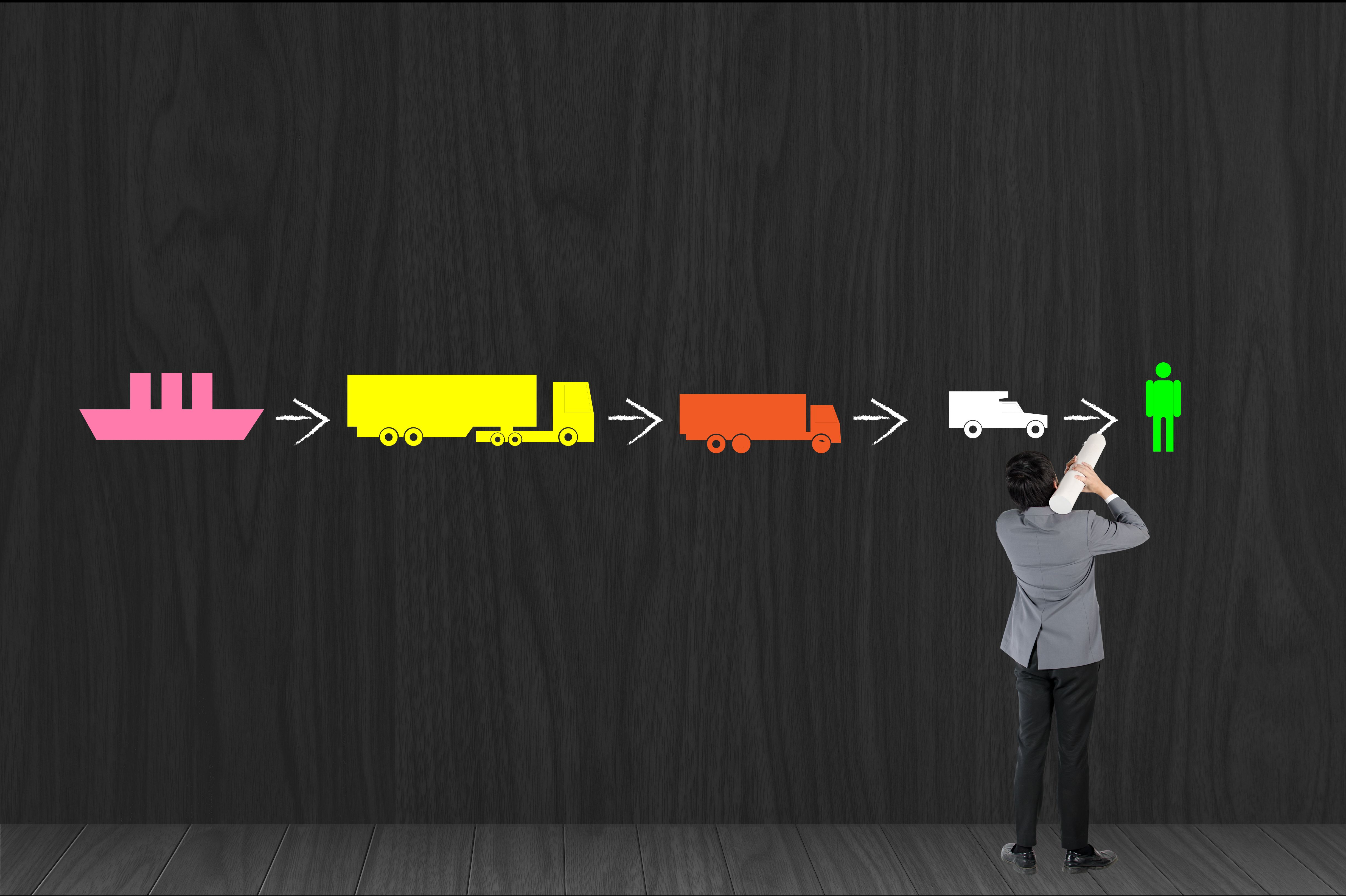Imagine one of your product lines has come to a halt because a critical component supplier just went out of business. You are now facing a major supply chain risk. How did this happen? Your Supplier Relationship Management (SRM) program, or lack thereof, is to blame. The right SRM program helps you build and maintain solid relationships with your suppliers, particularly your strategic partners, to understand their issues (e.g., commodity prices) and how you can mitigate them. More importantly, an SRM program helps you not only sustain your business, but grow it as well through new product introduction and innovation in the supply chain. Without SRM, you open the door for risk too widely, thus leaving your company’s bottom line to chance.
A top-tier quality SRM program does not happen by accident. Just like any other business process, deliberate thought, planning and structure needs to be in place. Three activities need to happen at a bare minimum in order to manage these risks: supplier segmentation, supplier risk assessment and executive oversight.
Supplier Segmentation
SRM programs represent an investment in time and resources, and not every supplier qualifies for the same level of inclusion in such a program. Businesses must determine which suppliers are best positioned to provide the greatest return on investment, such as through strengthening current business partnerships or establishing consistent performance metrics. Businesses can assess suppliers for potential participation based on a number of attributes, including: communication/information flow, past performance, technological investment and instances where the supplier has gone above and beyond to provide excellent products and/or services. Some suppliers may be more critical to the business, as they manage proprietary or critical aspects of operations or represent a large expenditure. Others may be more strategic, offering services that few other suppliers do in the marketplace. Sourcing and supply chain groups may also use SRM to better manage more complicated supplier relationships or those that are not performing well.
In manufacturing, the most critical suppliers may be those that keep the business operating by supplying the finished goods, raw materials and/or capital equipment maintenance. As this list may be long, those that provide ancillary and supplemental products should be given lower priority while suppliers that provide materials that support premiere product lines or are more important to long-term growth should be considered truly strategic and worthy of inclusion within a comprehensive SRM program. Depending on the complexity of the business, suppliers should be segmented into three to five categories. Such examples of segmentation categories might be: strategic/critical, operational, transactional and inactive/phase out.
Supplier Risk Assessment
Once the most critical suppliers are determined, standardized monitoring and performance measurement becomes paramount. Measurements of cost, quality, turnaround time, financial health and control environment are all typical indicators of potential risks. Often these reviews are completed in silos and information not cross-pollinated to develop the overall supplier story. Creating a 360° supplier scorecard with multiple departments represented can give executives a clear and concise view of supplier and product concerns. In many cases, it is worthwhile to measure risk with respect to both the product and service (inherent risk in the product/service being provided with respect to your business operation), as well as the supplier (how well the supplier performs in delivering quality products). This comprehensive view will help to keep discussions on track.
Executive Oversight
Establishing involvement at the highest appropriate executive level is key to the ongoing success of the SRM program. While lower levels are much more involved in tactical operations (supplier/buyer 360° scorecarding, scheduling meetings, etc.) and may interface with suppliers on a daily or weekly basis as appropriate to manage business, executives may only meet quarterly to discuss strategy. Using input from different management tiers, the SRM program can work successfully on a day-to-day basis while continuing to evolve to address the long-term goals of both parties.
To further reduce risk within the supply base, meaningful discussions must be held with suppliers. By segmenting the supplier (and product/service) and understanding potential risk, a productive and meaningful discussion can be framed. Both parties should discuss current events, industry trends, specific performance concerns, value-driven opportunities, business health, strategy, metrics, barriers, etc.
It’s a good idea to mix up the environment where these face-to-face discussions are held. Rather than just hosting discussions at the buyer’s headquarters, consider exploring the supplier’s manufacturing and distribution site or visiting the next level upstream or downstream in the supply chain. The more you can conduct these conversations, the more you begin to understand each other’s operations.
By developing a comprehensive and structured approach to SRM, a considerable number of risks can be foreseen. These conversations may not all be easy ones, especially during crisis periods for both parties. However, a dedication on both sides will ensure that both businesses will prevail.



 Brad Carlson is the Director of Source One's Supplier Relationship Management (SRM) practice. Brad’s primary focus is development of post-contract partnership and supplier management programs to help clients discover additional cost savings, process improvements and customer experience benefits. He has helped many clients improve their SRM programs, providing mutual benefits for both the clients and their suppliers. Brad has significant experience not only as a supplier management expert, but also as a strategic sourcing manager — aiding clients through the development and improvements of their category plans and internal strategic sourcing processes. For more about Brad and his SRM practice, please visit
Brad Carlson is the Director of Source One's Supplier Relationship Management (SRM) practice. Brad’s primary focus is development of post-contract partnership and supplier management programs to help clients discover additional cost savings, process improvements and customer experience benefits. He has helped many clients improve their SRM programs, providing mutual benefits for both the clients and their suppliers. Brad has significant experience not only as a supplier management expert, but also as a strategic sourcing manager — aiding clients through the development and improvements of their category plans and internal strategic sourcing processes. For more about Brad and his SRM practice, please visit 









